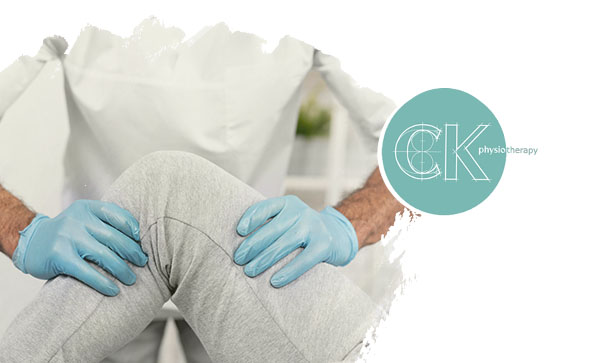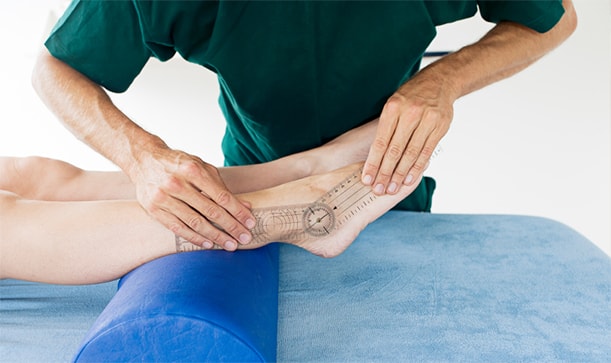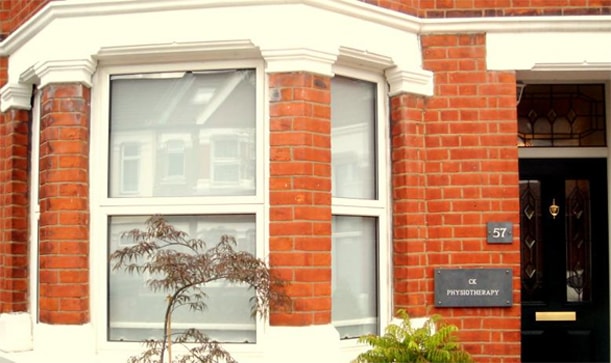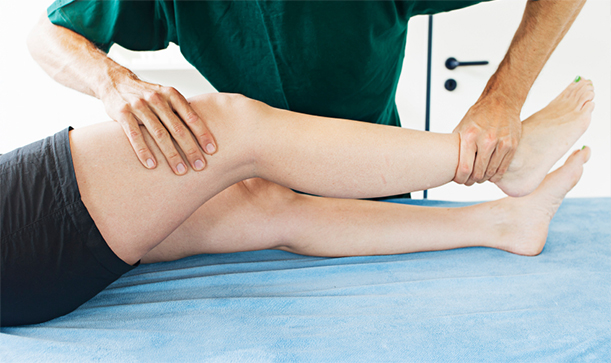CK Physiotherapy
AREAS COVERED
W7, W5, W13, Ealing, West London
57 Elthorne Avenue
Hanwell, W7 2JY
T: 020 8566 4113
M: 079 572 46185
E: info@ckphysio.co.uk
Location / Parking
We are situated in Hanwell, between Boston Manor Road and Northfields Avenue, south of the Uxbridge Road.57 Elthorne Avenue
Hanwell, W7 2JY
There are parking restrictions Mon - Fri 9-10am and 2-3pm. If you need a permit during this time please inform your therapist when you arrive. There are no parking restrictions at other times.
Opening Times
Please phone the number above during working hours to make an appointment. Our reception service will be happy to book your session.
London Underground / Bus Services
London Underground
10 min. walk from Boston Manor Tube Station.
15 min. walk from Northfields Tube Station.
Bus Service
E8, E3, E2, 207, 607, 83
Request Call Back
Our Blog
Physiotherapy Treatment of Osteoarthritis Patients
By: BryanKelly (Psst, View author in Google Plus) Date: Mar 26th, 2021Whether it be due to injury or infection, we all experience aches, pains and stiffness in our joints from time to time. Yet if these symptoms are persistent, this may be an indication for you to investigate it further.
Arthritis affects 10 million people in the UK alone and occurs in all ages including children. The word ‘Arthritis’ refers to joint pain or disease and is the inflammation of a joint where two bones meet. There are over 100 types of arthritis and joint-related conditions currently recorded, the most common type of arthritis being osteoarthritis.

Although anybody at any age can be diagnosed with this form of arthritis it’s more commonly found in women in their mid-40s. Osteoarthritis can affect any joint but commonly affects joints within your hands, knees, hips and spine.
What is osteoarthritis?
Osteoarthritis is a degenerative disease that contributes to the wear and tear of your cartilage, which acts as a cushion between the bones of your joints.
Over time, as the cartilage wears away, your bones move closer together causing them to rub against each other. This reaction can cause severe inflammation and pain, increasing joint stiffness and restricting your mobility.
Osteoarthritis symptoms can be mild or progress to become severely debilitating. With correct osteoarthritis treatment, this can aid as excellent preventative measures seeing as there is no cure. Osteoarthritis is also referred to as ‘degenerative arthritis’ or ‘wear and tear arthritis’.
What are the common symptoms of osteoarthritis?
Osteoarthritis symptoms tend to develop slowly but can progressively worsen over time. You may experience only one symptom or more and the effects may be mild to severe. Symptoms can include (but not limited to):
Pain and tenderness
Your joint may hurt during or after movement or feel tender when light pressure is applied.
Stiffness or swelling
Typically, you may experience joint stiffness in the morning after long periods of inactivity. Swelling caused by inflammation of the soft tissue may attribute to this.
Creaking or grating sensation
You may hear or feel a popping or crackling sensation as you try to move the joint.
Inflexibility and bone spurs
You may experience a lack of flexibility and not have a full range of motion. Bone growths can develop around the affected joint, adding to the pain and inflexibility.
Though joint damage is irreversible, osteoarthritis symptoms can be managed. Remaining active, maintaining a healthy weight plus the introduction of physiotherapy treatments can help.
Physiotherapy treatment can assist in slowing the progression of the disease, reduce pain and improve joint function.
What causes osteoarthritis?
Causes can include (but not limited to):
Joint injury
Injuries sustained from sport, repetitive work or an accident can increase your risk. Also, if injuries are not given time to heal post-surgery this can contribute.
Family history
Although there is not an identified gene for the cause of osteoarthritis, it can run in families, inheriting the tendency to develop osteoarthritis symptoms.
Gender
Osteoarthritis is more common in women than men, this also hasn’t been identified as to why.
Obesity
Surplus weight puts extra stress upon your joints and fat tissue produces proteins causing inflammation around your joints.
Age
The risk of developing osteoarthritis becomes greater as you get older.
Between the bones, every joint has a natural shock absorber in the form of cartilage, to help reduce friction within the joints. Osteoarthritis is the progressive breakdown of this cushioning. This degeneration causes discomfort when using the affected joint and although an exact cause isn’t known, the above are factors thought to increase your risk of developing it.
What are the treatment options for osteoarthritis?
There is no cure for cartilage erosion within joints but osteoarthritis treatment can be received by way of physiotherapy treatment to help improve symptoms over time.
Your physiotherapist may:
Perform an examination and questionnaire.
To pinpoint the location of the injury a thorough examination will be given. An exploration of family history and any previous injuries sustained can be identified via an in-depth questionnaire.
Observe and offer suggestions.
Observation of performing daily tasks helps to identify the level of difficulty and pain endured. Suggestions are offered for areas of adjustment (at work at home) to ease the strain on your joints.
Show and recommend.
Exercises will be shown and set for you to complete and repeat. Recommended lifestyle changes may also be shared to aid in keeping weight off and improving overall health.
Passive and active treatments.
A blend of both passive treatments such as heat/cold therapy electrotherapy and active treatments such as strengthening/flexibility exercises will be discussed and advised.
Receiving physiotherapy treatment for osteoarthritis will aid in:
• Increasing flexibility
• Strengthening muscles surrounding joints
• Reducing pain and swelling experienced
Our physiotherapists will work with you to formulate a structured exercise plan that can be incorporated into your daily routine to make difficult tasks slightly easier. Manual therapy may also be required to stretch, manipulate and mobilise to encourage joint suppleness and flexibility.
As experienced physiotherapists, our intention is to help reduce your pain and swelling, helping you return to a full range of motion, with greater improved overall health.
Seeking Treatment through Physiotherapy
If you are experiencing any of the symptoms mentioned, wish to seek treatment for osteoarthritis, investigate further, or simply have your mind put at ease. Then please do not hesitate to contact our experienced physiotherapists who will be able to guide you on the best course of action and/or treatment.
At CK Physio we are happy to assist in finding ways to help reduce and manage your pain associated with osteoarthritis. From the comfort of your own home, we can provide a virtual consultation to ensure osteoarthritis treatment is the right thing for you.
Contact us today at our physiotherapy clinic at Ealing or via our online booking form to get things moving!





